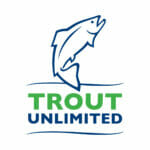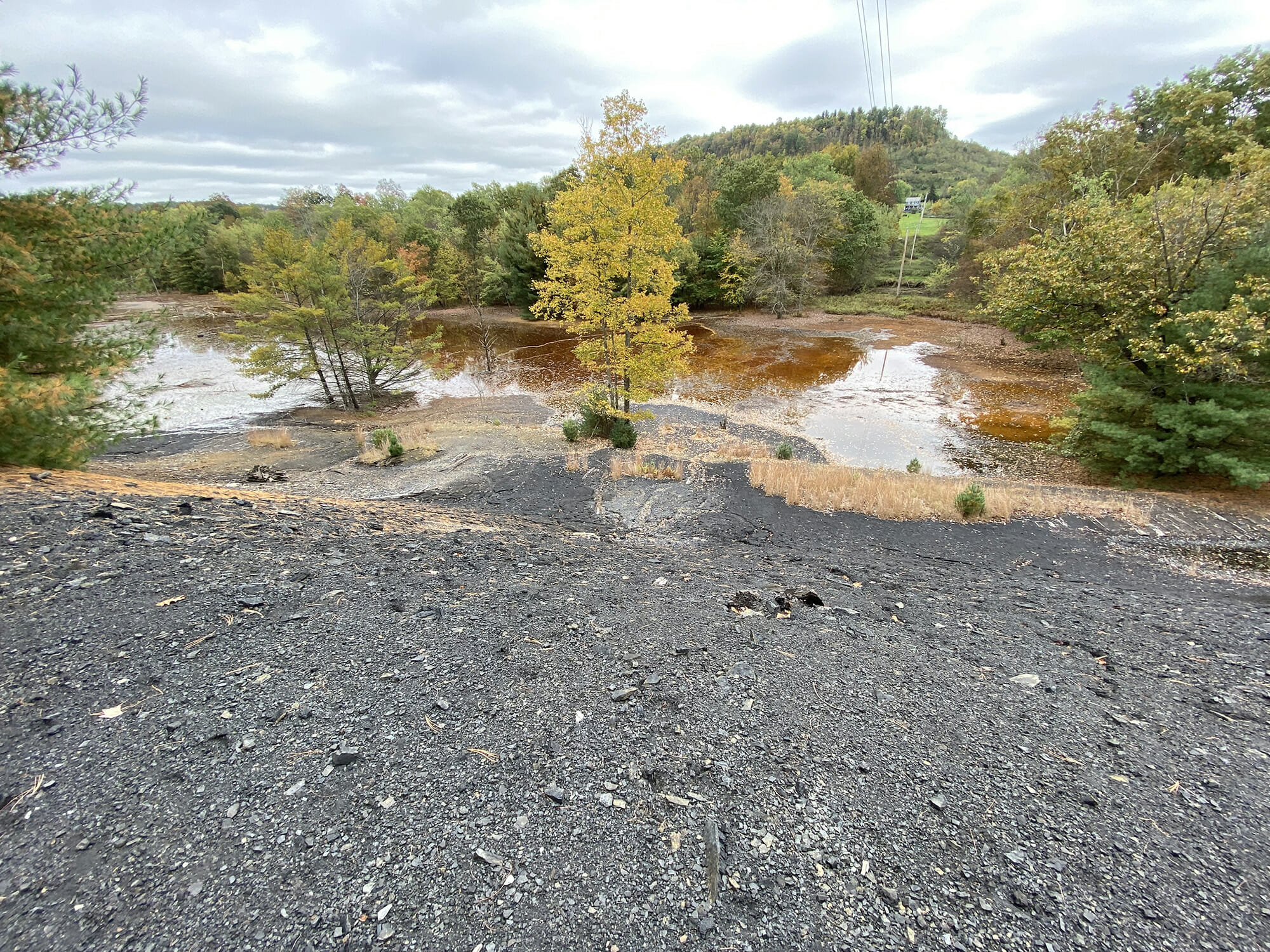Brook trout habitat will expand once abandoned mine drainage (AMD) cleanup takes place on Beech Creek in Pennsylvania.
Pennsylvania’s Beech Creek winds its way through rugged hills that echo with the bugles of wild elk in the fall and thunder with the gobbles of turkeys in the spring. A mid-sized freestone stream lined with hemlock, rhododendron, and mixed hardwoods, Beech Creek has nearly everything you might hope to find in a trout stream: long riffles, deep pools, cold water, and plenty of in-stream cover.
The only thing Beech Creek lacks as a fishery is, well… fish.
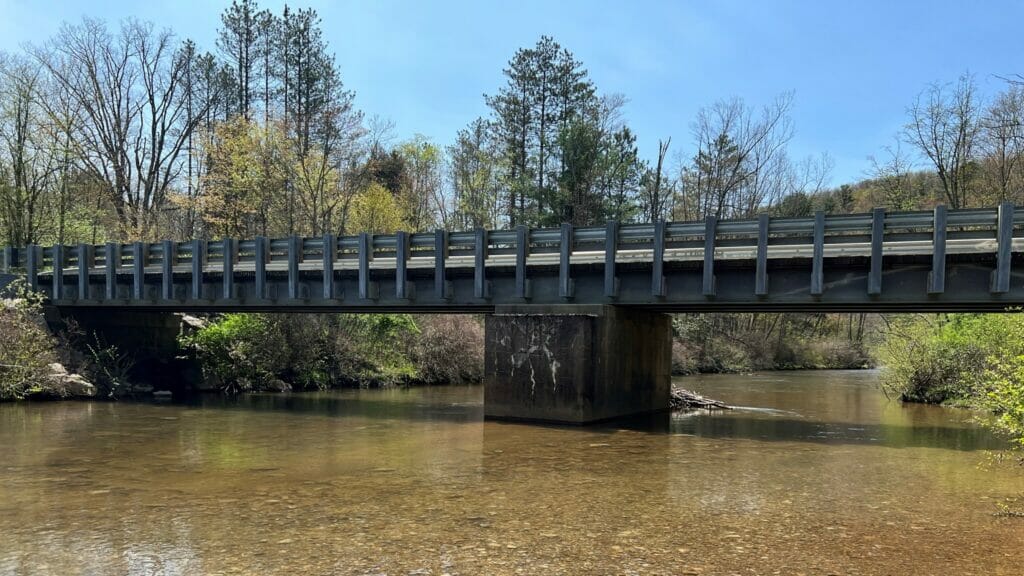
The Beech Creek watershed covers approximately 171 square miles in Pennsylvania’s Centre and Clinton Counties. Located in the bituminous coal fields of central Pennsylvania, much of the watershed was mined long before modern reclamation practices were commonplace. As a result, Beech Creek and many of its tributaries are impaired by abandoned mine drainage (AMD).
Past watershed assessments by TU and others have found that much of the main stem of Beech Creek has extremely acidic conditions and high levels of dissolved metals and sulfur-containing compounds. Such toxic water chemistry severely limits macroinvertebrate populations and makes the water uninhabitable for fish species, including brook trout.
However, Beech Creek is far from a lost cause. Many of its headwater tributaries hold strong populations of wild trout in their upper reaches, above the influence of AMD. Several of these tributaries have even been designated by the Pennsylvania Fish and Boat Commission as Class A brook trout fisheries. Unfortunately, many of those brook trout populations are isolated by downstream contamination that prevents them from utilizing the main stem of Beech Creek or accessing other nearby tributaries.
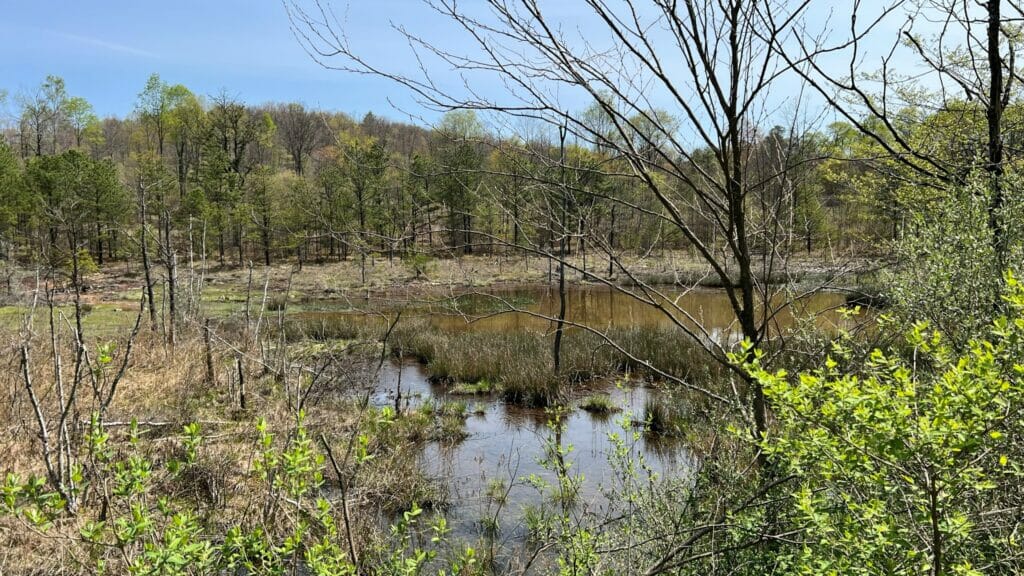
Over the years, TU national staff have worked with local volunteer organizations, county conservation districts and technical experts to identify AMD sources and contaminant levels throughout the Beech Creek watershed with hopes of restoring, enhancing and reconnecting the wild trout populations that persist in those headwater tributaries.
The work to be done is considerable, to say the least. Restoring Beech Creek to a functional fishery will require a combination of surface reclamation projects and passive treatment systems and will necessarily involve many partners to secure grant funding and implement projects.
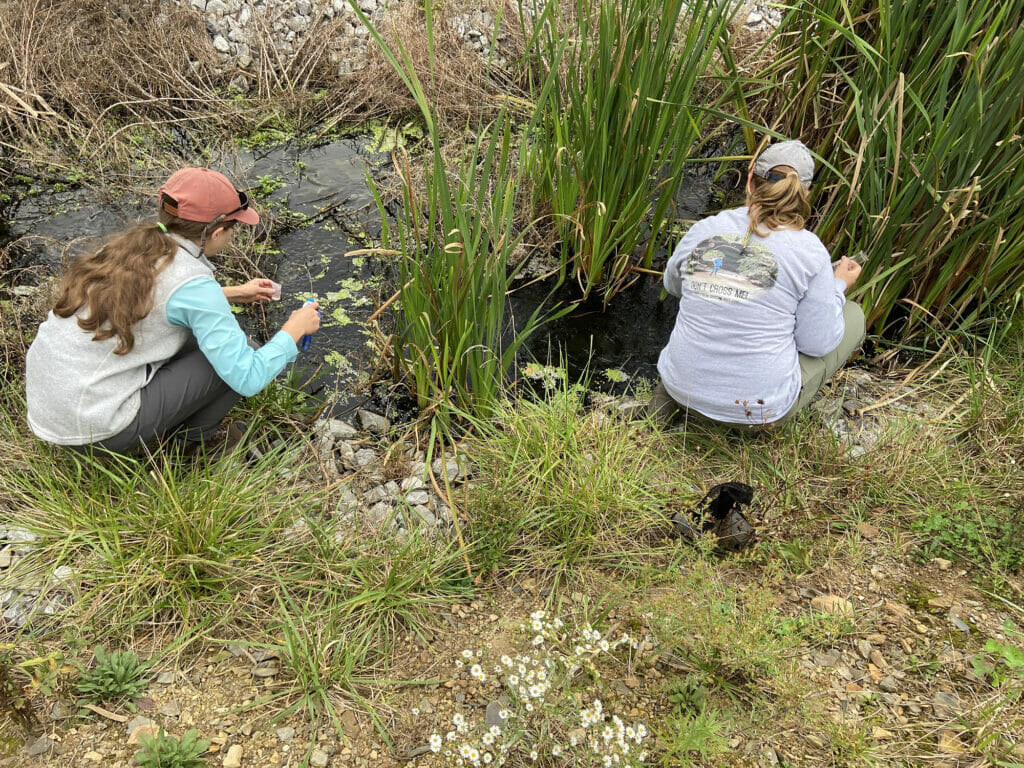
Fortunately, interest in the Beech Creek watershed remains high and there is good cause for optimism. With the recent passage of the Bipartisan Infrastructure Law and reauthorization of the Abandoned Mine Land Program, Pennsylvania is estimated to receive, on average, approximately $245 million in new funding annually to address AMD through reclamation and treatment projects.
Recently, TU responded to requests from the Lloyd Wilson TU Chapter and Clinton County Conservation District through TU’s Technical Assistance Program to begin collecting the necessary data to develop a “watershed snapshot” of Beech Creek, which will help to reevaluate AMD-polluted conditions within the watershed as well as assess the current status of macroinvertebrate and fish populations. This information will allow TU and our partners to identify and implement high-priority projects that have the potential to reduce the overall acidity of Beech Creek, restore headwater tributaries and reconnect isolated brook trout populations.
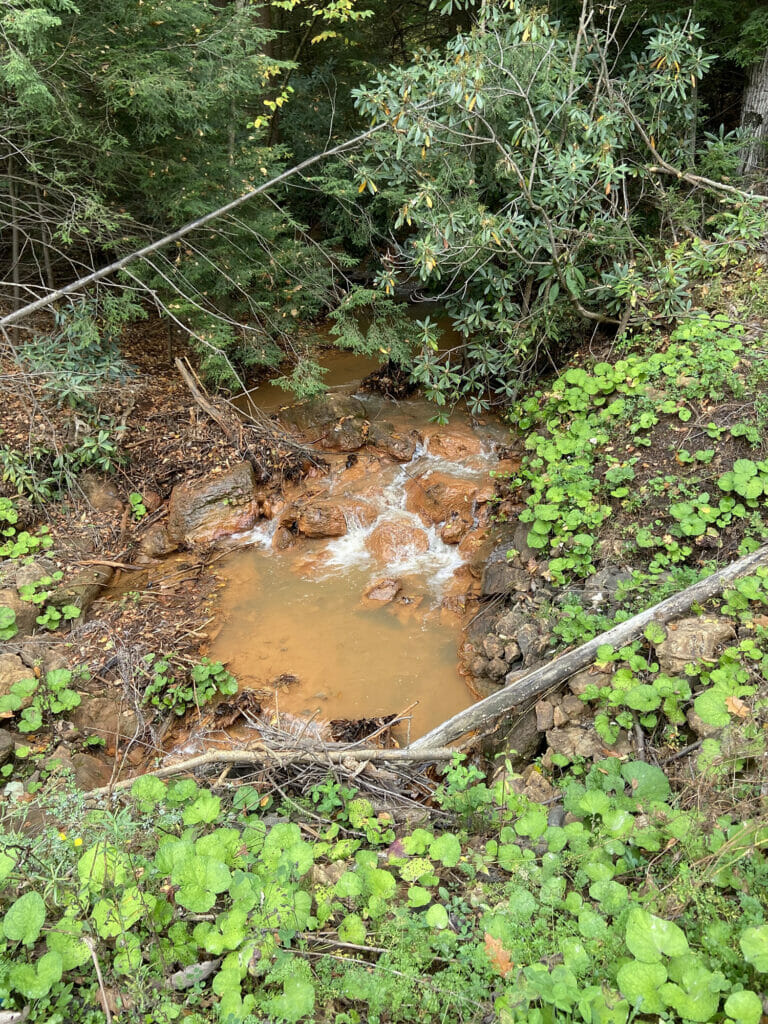
Although Beech Creek has a long road to recovery, I am hopeful that with renewed efforts and funding opportunities, I may someday be able to take my own son and daughter fishing for wild trout in a recovered Beech Creek.


